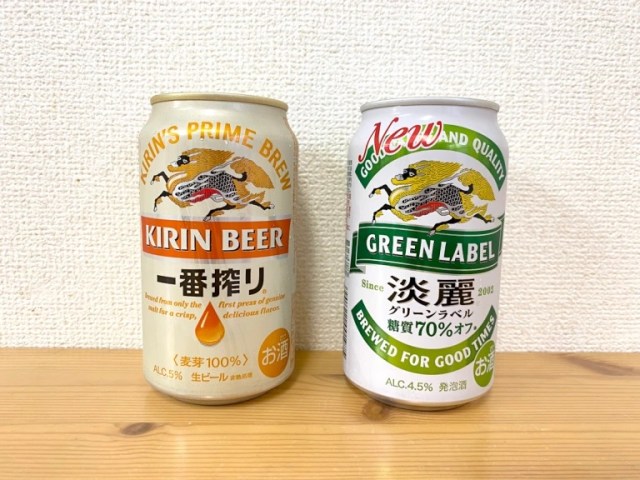
Masks on and bottoms up for a blind taste test experiment.
To the untrained eye, those might look like two cans of beer in the above photo, and yes, the one on the left, that says KIRIN BEER in large English text, is indeed a can of Kirin Ichibanshibori, one of the most popular brands of beer brewed in Japan.
The one on the right, though, isn’t Ichibanshibori. What’s more, in the eyes of the law in Japan, it’s not even beer. Instead, it’s something called happoshu.
▼ Beer
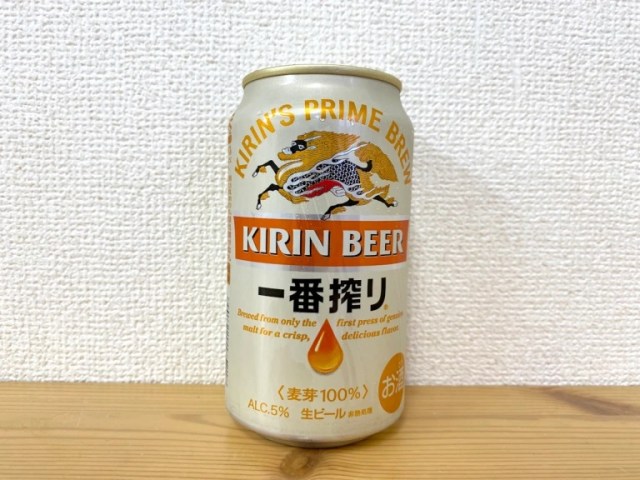
▼ Not beer
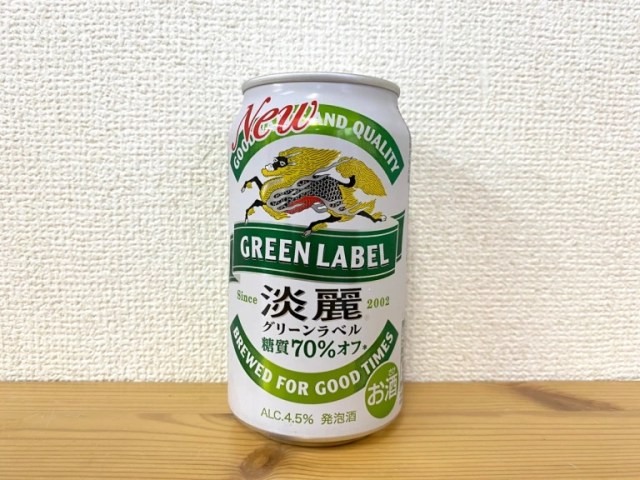
Happoshu refers to alcoholic beverages that are brewed in more or less the same way as beer but have a malt content under 67 percent. You can find happoshu for sale in any Japanese supermarket, convenience store, or liquor shop, but not because Japanese drinkers don’t like malty beverages. Instead, happoshu’s reason for existence is that it’s taxed at a lower rate than beer, and so it’s priced cheaper to buy too, often by about 30 percent.
In other countries, it’d probably just be called “low-malt beer,” but in Japan happoshu having an entirely different name from beer contributes to its stigma as a low-quality beverage. But is that just a manifestation of old-school Japanese foodies’ philosophy that higher pricing makes food and drink a separate entity from less expensive versions? To find out, we assembled a team of seven taste testers from among the SoraNews24 staff to see if they could tell the difference between Kirin’s Ichibanshibori beer and Tanrei Green Label happoshu.
▼ If you’re wondering why everyone looks so pumped up, well, how else would you react if your boss suddenly said “Everyone, stop what you’re doing and come drink some booze” during the middle of the workday?
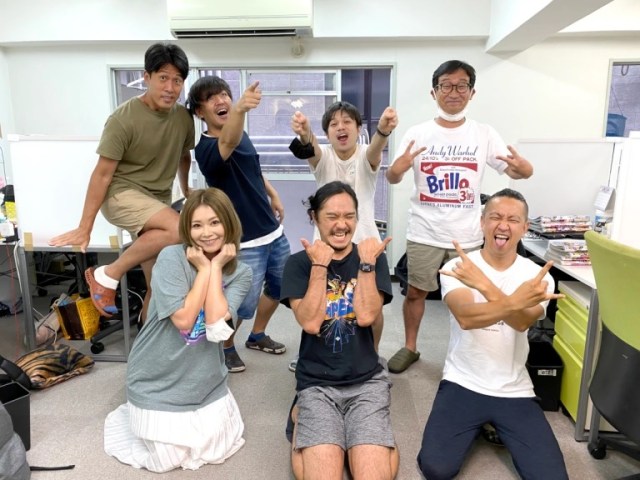
We specifically chose Tanrei Green Label for this blind taste test because it has a reputation as being one of the most premium-tasting happoshu on the market and that’s also made great strides in recent years. To clarify, in this experiment we’re not asking our taste testers to choose which tastes better, but which tastes like the more expensive beverage.
So with the ground rules set, masks on and bottoms up!
● P.K. Sanjun: B
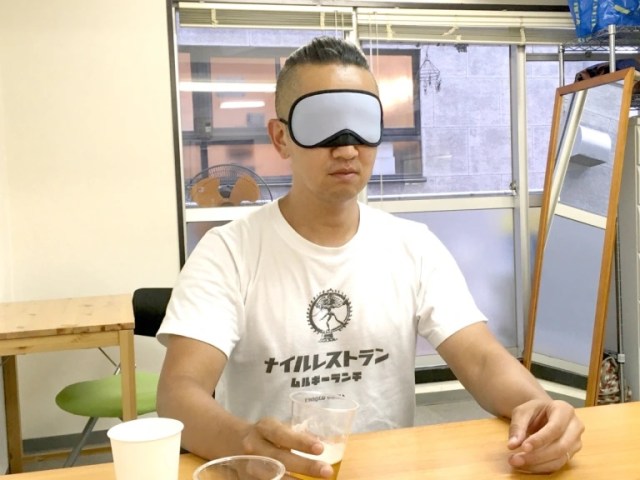
“This is really simple thinking on my part, but compared to Cup A, Cup B has a stronger flavor, so I think it’s probably the beer. But I guess if I ordered a beer in a pub and they served me A, I’d believe it’s beer too. I don’t drink all that often, so I can only really notice the difference tasting them back-to-back like this.”
● Go Hatori: B

“Happoshu has gotten a lot better in recent years, but I can still taste the difference. It’s sort of like the difference between regular cola and zero-calorie cola. B’s flavor is 100-percent beer, but there’s just something missing from A. I’m really certain about this, and I’ll be totally embarrassed if I’m wrong.”
● Masanuki Sunakoma: B
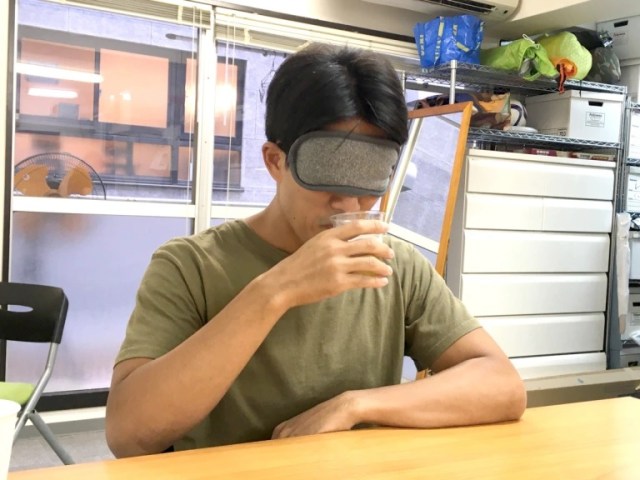
“I have a drink with dinner maybe once a week, but even I can tell the difference here. There’s some sort of non-beer-like sourness to A, and the aroma is a little off too. B is just all beer, and I’ve got no happoshu suspicions about it. If I’m wrong, I think there must be something wrong with my senses.”
● Ahiru Neko: B
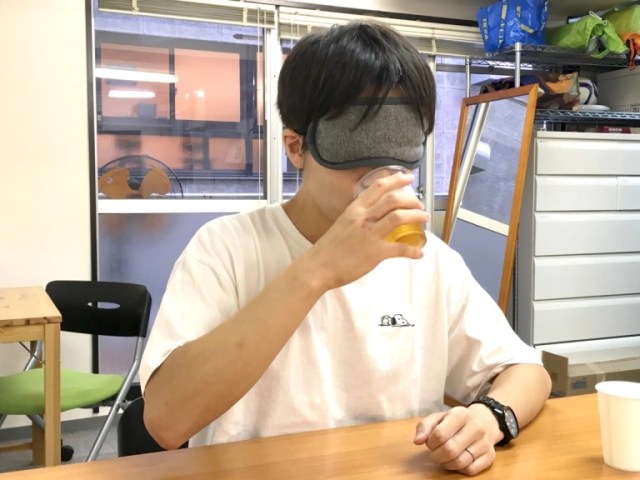
“I drink happoshu at home a lot, and Tanrei Green Label is good stuff. But I can still taste the difference here I think. I usually drink straight from the can, though, so having it in a cup like this is throwing me off a little. Between the two of them, tough, B has the stronger flavor. They’ve done a lot to smooth out the unpleasant parts of the stereotypical happoshu flavor, but it comes off a little lacking in character. So while they’re pretty close, B has more flavor and the more distinct bitterness, so I think it’s the beer.”
● Ikuna Kamezawa: B
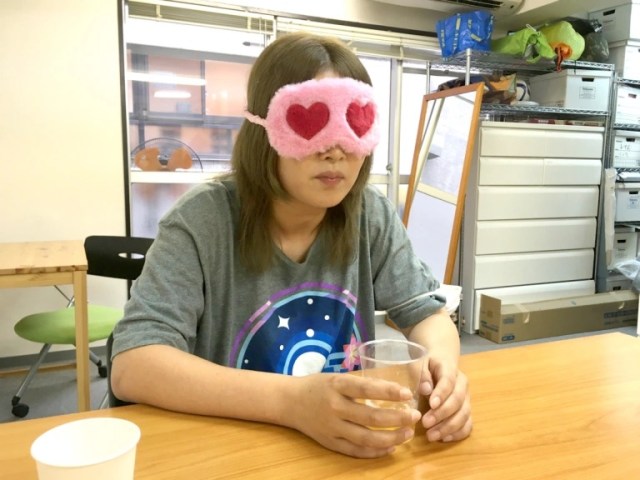
“I think I can tell. A is so light it’s like water, but B tastes really bitter, almost like they tried making it extra bitter so that it’ll fool you into thinking it’s beer when it really isn’t. But yeah, I think B is the beer. If I ordered a beer in a bar and they gave me something like A, I’d be pretty startled.”
● Yoshio: B
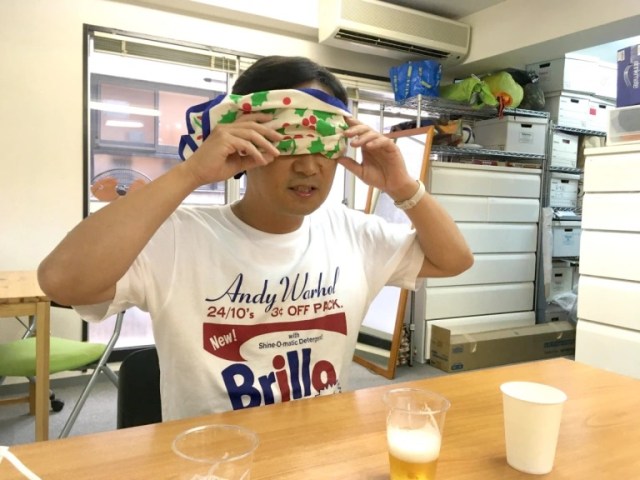
“Oh, yeah, I can tell right away. I drink both happoshu and beer at home, so I can tell that A is the Tanrei Green Label pretty easily. It’s really light, and B has a lot more impact when the flavor hits you. The carbonation level is different too. B has the smoother, softer head, and the flavor has more bitterness too.”
● Takashi Harada: B
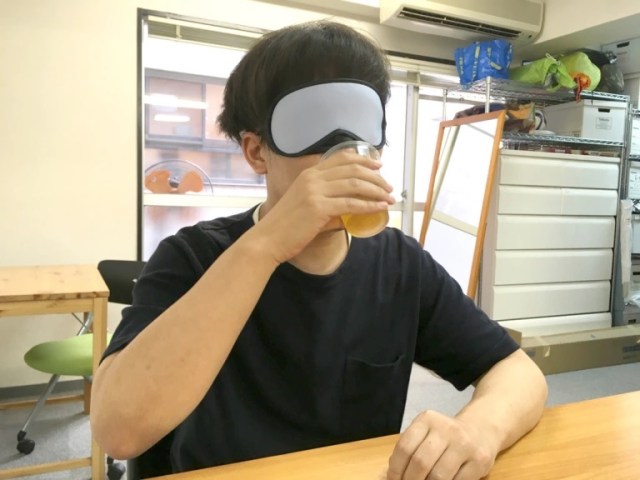
“I pretty much always drink beer, not happoshu, but this is pretty tough to tell. I think maybe B is the beer though? At the very first moment they hit my taste buds, I didn’t think A tasted very good, but B felt good right away.”
And now, for the moment of truth. The correct answer, the cup with the more expensive beer, and not the cheaper happoshu, is…
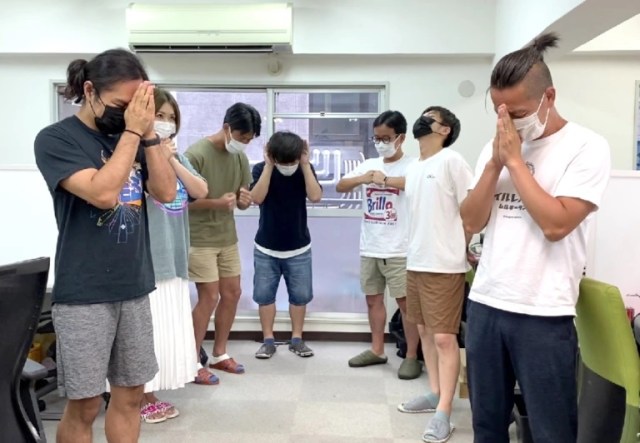
…Cup B!
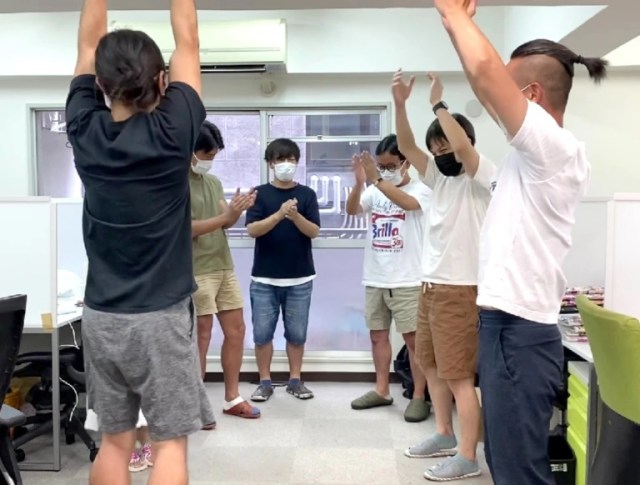
It’s a perfect score for our panel, and some much-needed vindication after our zero-percent success rate at telling the difference between ultra-expensive cherries and regular ones.
Again, this wasn’t a test as to whether the Kirin Ichibanshibori beer or Tanrei Green Label tastes better, but which one tastes more expensive. You’ll notice, though, that there weren’t a ton of positive things said about Cup A’s haposhu, with almost every comparative impression making Cup B’s beer sound like the more desirable drink. So the question becomes: Do the cost savings make up for happoshu’s less satisfying drinking experience?
At the store we bought our drinks at, a can of Kirin Ichibanshibori costs 188 yen (US$1.39), while a can of Tanrei Green Label is 138 yen. That makes the happoshu about 26 percent cheaper, and lopping off a fourth of your liquid entertainment costs is definitely a tempting proposition. On the other hand, even if you’re having a drink with your dinner every single night, that 50-yen-a-can difference means you’re only going to be saving about 1,500 yen a month. Even tacking on a nightcap each and every night means that choosing beer over happoshu is only going to cost you 3,000 yen more per month than settling for the cheaper stuff.
Of course, the ultimate decision in the question of beer or shochu is going to depend on your individual financial situation and the volume of booze necessary to satisfy your thirst. As our panel’s results show, though, if you can find room in your budget for in-the-eyes-of-Japanese-law beer, your taste buds will probably be able to tell the difference.
Photos ©SoraNews24
● Want to hear about SoraNews24’s latest articles as soon as they’re published? Follow us on Facebook and Twitter!

No hay comentarios:
Publicar un comentario